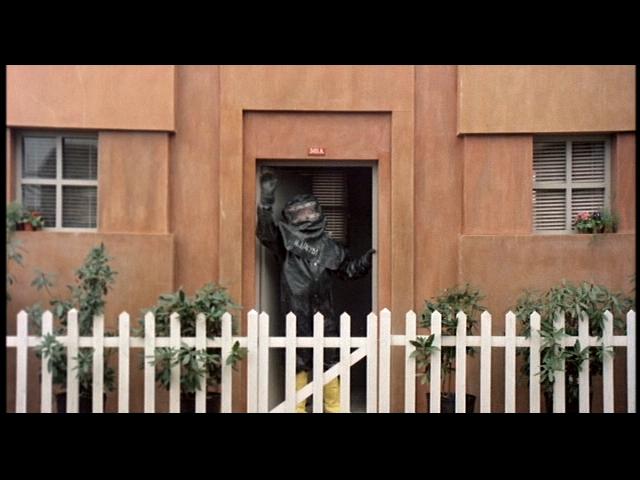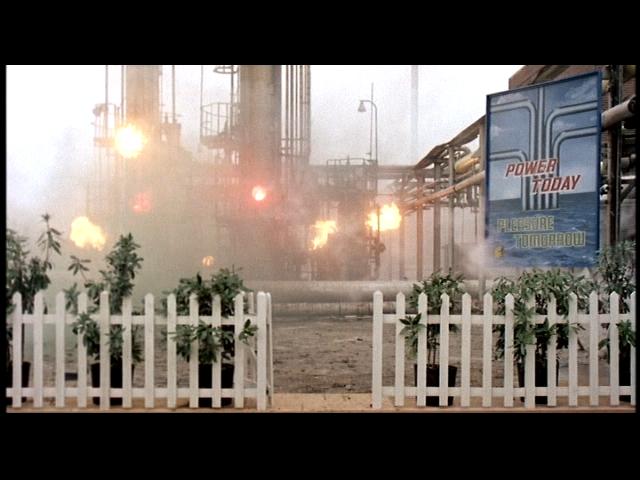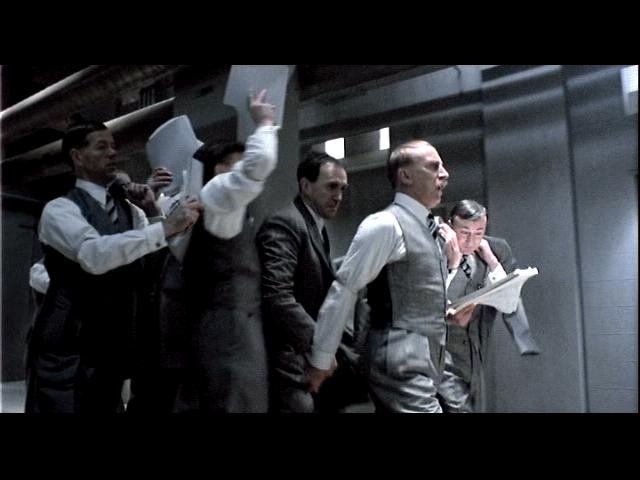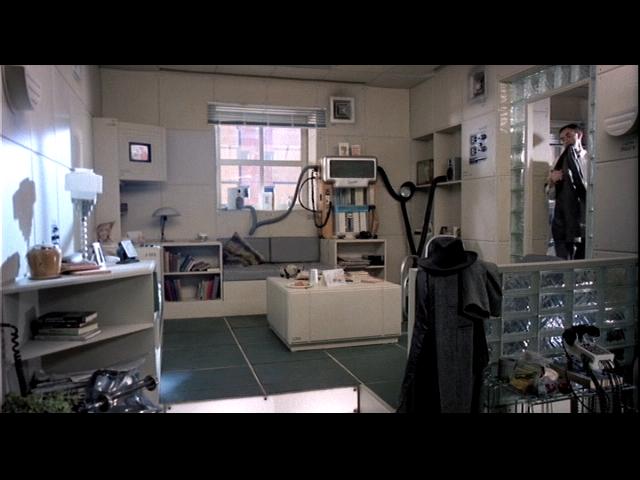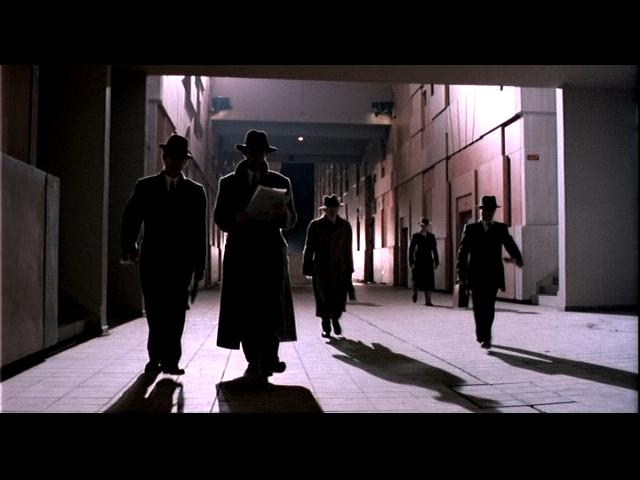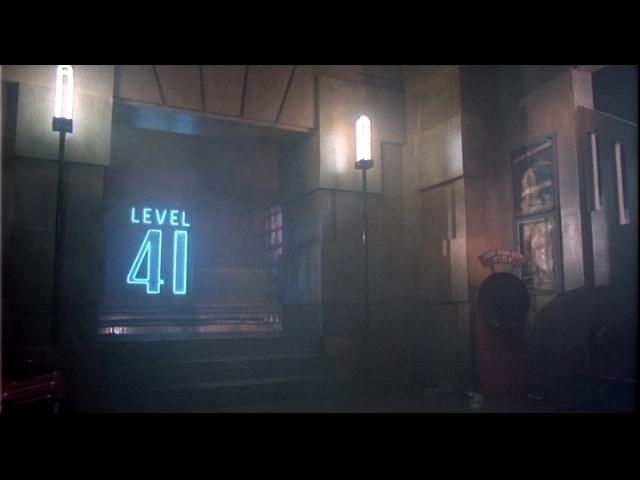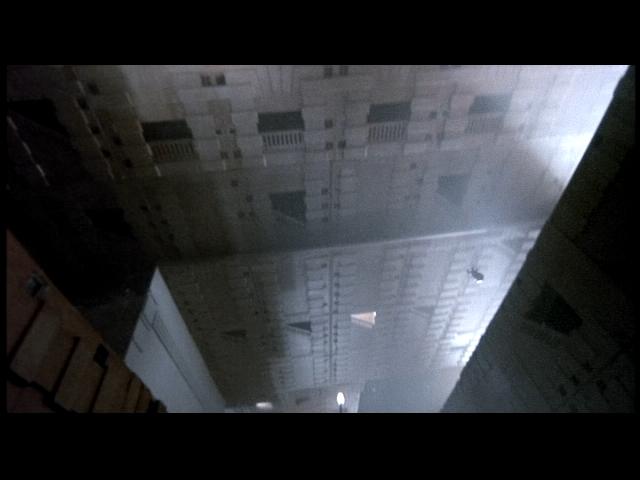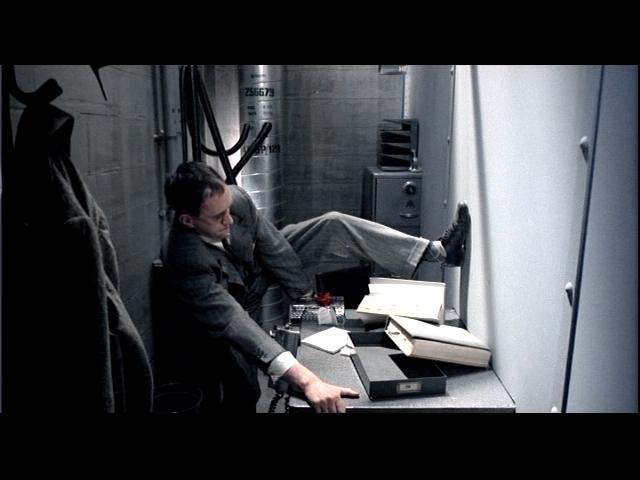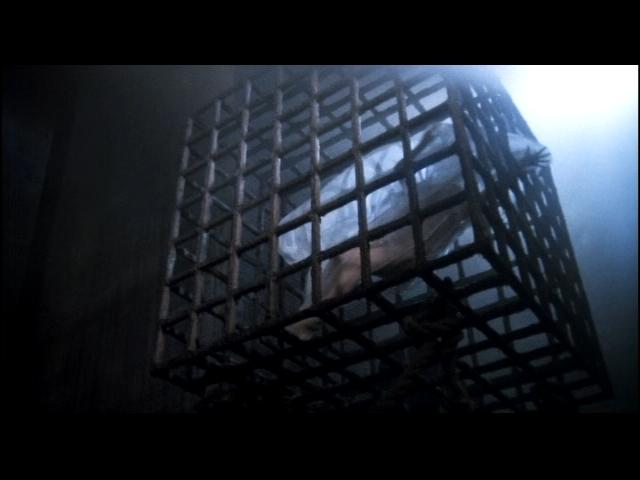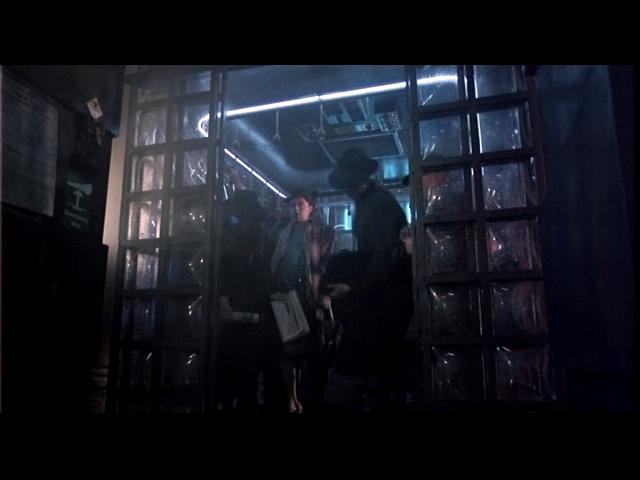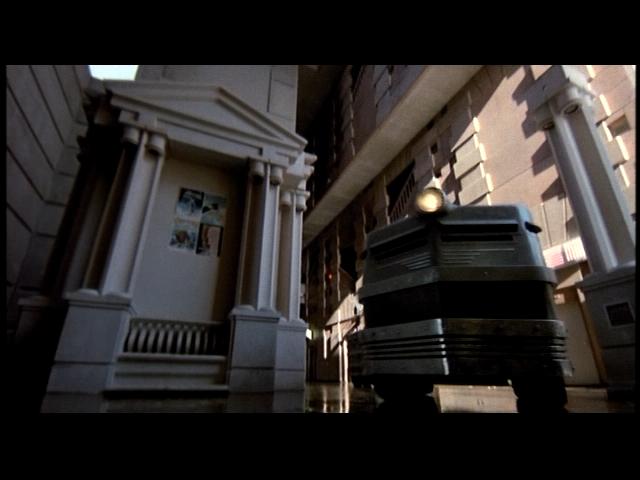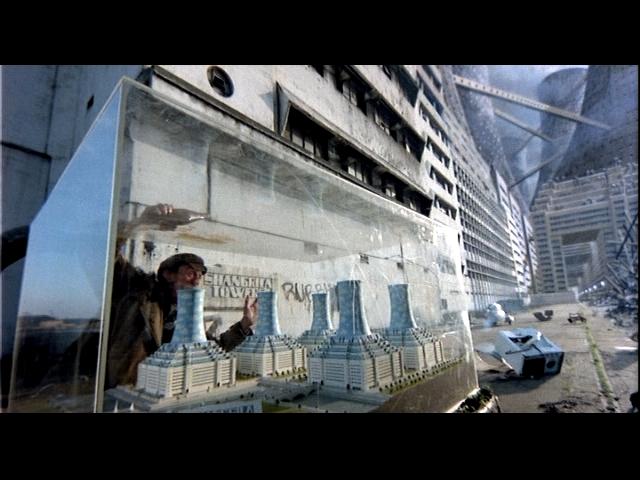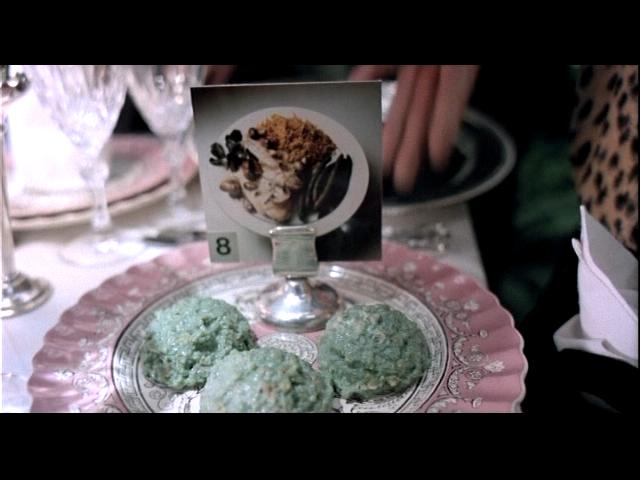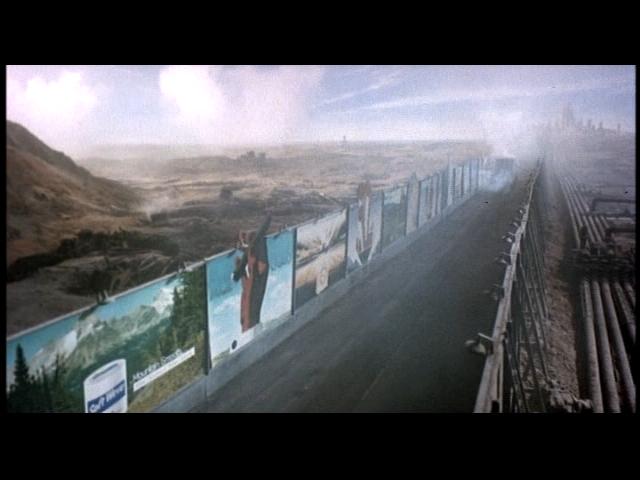I L L U S I O N
Brazil (1985)
Unlike Gotham City, the chaos in Terry Gilliam's world of the future is characterized by an excess rather than lack of regulation, where its vast and impersonal government has become too big and ineffective to be of any good to the population, yet cannot be ignored due to its unwanted presence in every part of daily life. Individuals are invariably driven into a mind-numbing daily struggle with an endless series of convoluted and pedantic routines in the name of due process. The culture of unnecessary appliances, personal advancement, and near-sightedness forces members of society to be constantly busy while achieving nothing, blinding them to the reality of their collective lack of progress and declining quality of life.
The inefficiencies caused by bureaucracy as well as the unreliable mechanical systems running the city, is made up for in the form of extensive cost-cutting measures within the Ministry of Information as well as in various aspects of urban life. Apartments are constructed cheaply and modularly, with removable panels forming both interior and exterior walls, punctuated with standardized square window. These panels, painted to simulate stucco or concrete, are arranged on building exteriors in decorative motifs rising dozens of stories high, as a form of mass ornament – a stand in for much richer architectures found in the past. Such unconstrained repetition and regularity of prefabricated patterns and spaces hints to an urban scale that is uncomfortably massive. Within the maze of narrow canyons and residential blocks, there is no decompression of space, no luxury of an open area or gathering spot to provide relief from the monotony.
The urban form is so monolithic that the concept of levels is nearly irrelevant, as illustrated by the heavy, window-less architecture of Lowry's office environment even on the 30th floor of the Ministry of Information. There is no sense of outdoors and little natural light in the depths of the residential blocks; instead the streets are lit every few levels by fluorescent light tubes . The implied vastness of the city, coupled with the claustrophobia of small interior spaces, shared desks and partition walls, makes for a truly oppressive environment, offering little hope for escape.
Effort has been made to beautify the dismal environment - at minimal cost – in an attempt to convince the population that not all has been lost. For a touch of “elegance”, streets are decorated at intervals with plastic copies of classical pediments and columns serving as light stands or bulletin boards. Cooling towers are painted blue with clouds so that those passing by will not notice if they try hard enough. Food, though reduced to a quality only ingestible in mashed-potato form, is served with photographs of the intended meal to assist one's appetite. Views of the ravaged landscape are blocked off by a parade of billboards to distract the public from their anguish, from that collective longing for an agrarian past that forms the pastoral backdrop to Lowry's dreams. The built form of Gilliam's Brazil is not the product of a single government, much less so an architect, but rather the workings of of a society that has become stagnant, that is trying desperately to maintain an illusion of order and happiness.
